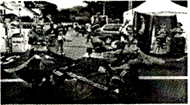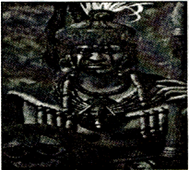【题目】阅读理解
| Gypsies |
| Sumerians |
| Maya |
(1)Whose ancestors do some scientists believe were Egyptians?
A.Gypsies and Maya.
B.Maya and Sumerians.
C.Gypsies and Sumerians.
D.Europeans and Sumerians.
(2)The Maya are thought to .
A.exist on the earth now
B.have 10 million people
C.have no writing system
D.be creative in some fields
(3)What can we learn from the text?
A.The origion of the Maya has been discovered by scientists.
B.The ancestors of the Gypsies left the land of India in the middle ages.
C.The Europeans were thought to be the most mysterious people in the ancient world.
D.The Sumerians were the first to use a wheel in the irrigation system in the Near East.







